Speaking about the COVID-19 pandemic at Sunday’s Democratic presidential debate, former Vice President Joe Biden implored, “This is a crisis. We’re at war with the virus.” Without question, we have to treat the situation like the acute emergency it is. However, if we don’t address structural inequalities in this country, recovery will be uneven and enduring. As officials implore the nation to practice “social distancing,” we should remember that, throughout history, it is that same concept which has made some Americans more vulnerable to the physical and economic effects of the coronavirus, as well as other epidemics and disasters.
To mitigate the spread of COVID-19, the Centers for Disease Control and Prevention is recommending social distancing measures: avoiding mass gatherings and maintaining at least six feet of distance from other people. For decades, however, Black people and Native Americans have been subject to a different kind of social distancing in America: segregation, discrimination, and devaluation.
These policies, which were built on a racial hierarchy, isolated Black and indigenous people closer to polluters and in areas more susceptible to natural disasters. History has shown that social distancing through racist housing policies such as redlining extracted wealth from communities of color, eliminating a crucial buffer against the financial shock of a crisis such as today’s. COVID-19 doesn’t discriminate, but U.S. policy has—in ways that now leave Black and brown people more vulnerable to effects of the pandemic.
Segregated housing and schools are manifestations of the United States’ long history of legal discrimination, which have ramifications for our current crisis. Redlining was the practice born of the federally backed Home Owners’ Loan Corporation, which outlined areas with sizable Black populations in red ink on maps as a warning to mortgage lenders, effectively isolating Black people in areas that would suffer lower levels of investment than their white counterparts.
Far from a cure, this form of social distancing created a social disease that has made many of us sick—literally. According to a 2019 study, residential segregation makes Black communities more susceptible to hospital closings. Another study published by Medical Care Research and Review in 2014 found that an increase in the concentration of Black people in a neighborhood is associated with a corresponding decrease in the availability of surgical equipment.
Meanwhile, social isolation through policy discrimination has extracted significant wealth from Black families. According to the Federal Reserve’s most recent numbers in 2016, white families had the highest median family wealth at $171,000. Black and Latino or Hispanic families had $17,600 and $20,700, respectively—making these household far more susceptible to pandemics of this scale.
According to the Federal Reserve’s most recent numbers in 2016, white families had the highest median family wealth at $171,000. Black and Latino or Hispanic families had $17,600 and $20,700, respectively—making these household far more susceptible to pandemics of this scale.
According to my own research with David Harshbarger and Gallup’s Jonathan Rothwell, homes of similar quality in neighborhoods with similar amenities are worth 23% less in Black-majority neighborhoods compared to those with very few or no Black residents. After accounting for factors such as housing quality, neighborhood quality, education, and crime, owner-occupied homes in Black neighborhoods are undervalued by $48,000 on average, amounting to a whopping $156 billion that homeowners would have received if their homes were priced at market rate.
“For life expectancy, money matters,” according to the Harvard Gazette. Wealthier people live longer—but the COVID-19 pandemic reveals that our fates are more intertwined than we think. Due in part to a lack of access to managerial positions, Black workers are overrepresented in occupations that require face-to-face contact, such as health care support, personal care, and protective services, as well as in gig-economy jobs. While business in these sectors has been rising during the pandemic, the nature of these jobs places workers at greater risk for contracting the virus, with many employers refusing to offer paid sick leave. While white-collar workers telecommute, receive paid time off, or are otherwise able to both socially distance and remain financially secure, the most vulnerable members of society are forced to choose between their work and their health.
This is a structural problem created by the social distancing of people of color—and the more we put these workers at risk of COVID-19, the longer the entire country will suffer. The proliferation of the coronavirus forces us to see the inherent connections we share in a way that our public policy has not always recognized. Individual recovery is contingent upon how much we collectively live by the principle of being “all in this together.” If undocumented residents are sick, the country’s citizens will be as well. If Black and Latino or Hispanic people suffer from COVID-19’s effects, so will Asian American and white people.
This is a structural problem created by the social distancing of people of color—and the more we put these workers at risk of COVID-19, the longer the entire country will suffer.
We are at war with not just the virus, but our past mistakes. Now is the time to create the kind of social safety net that America’s segregated communities never received. As my Brookings colleague Ryan Nunn wrote, we need a new plan for paid sick leave, policies for food security, targeted support for small businesses, loan forgiveness, and greater increases in unemployment insurance.
If we don’t address the discrimination that is baked into current policy, efforts to address this pandemic will be undermined by the past practices that led to such inequality. Even as we heed the CDC’s advice on social distancing, policymakers need to see opportunities to bring historically disenfranchised communities closer to the systems they’ve been excluded from. The war against the virus and the war against structural racism can be fought at the same time.
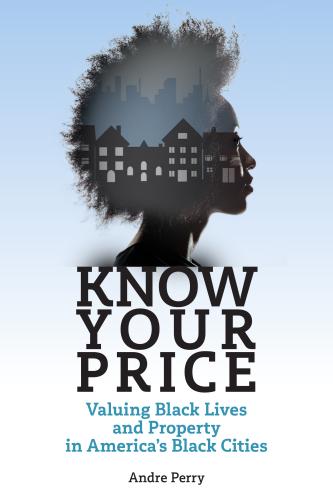
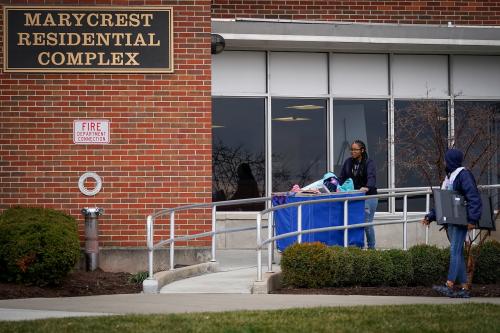
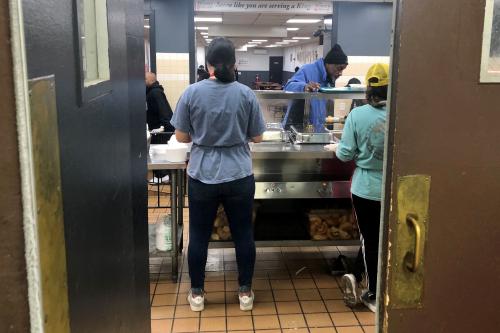
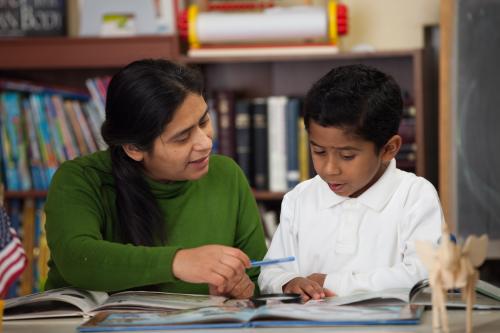
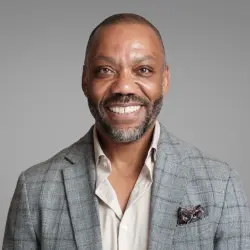

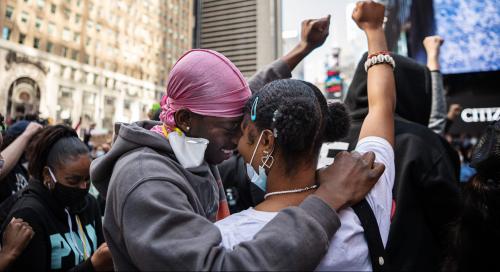
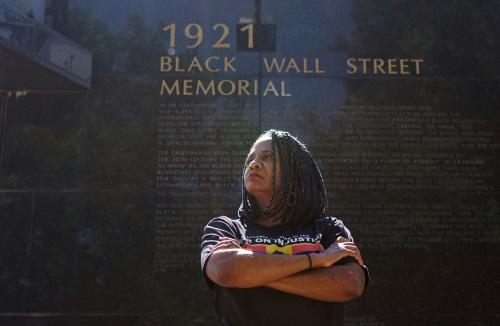
Commentary
Black Americans were forced into ‘social distancing’ long before the coronavirus
March 20, 2020